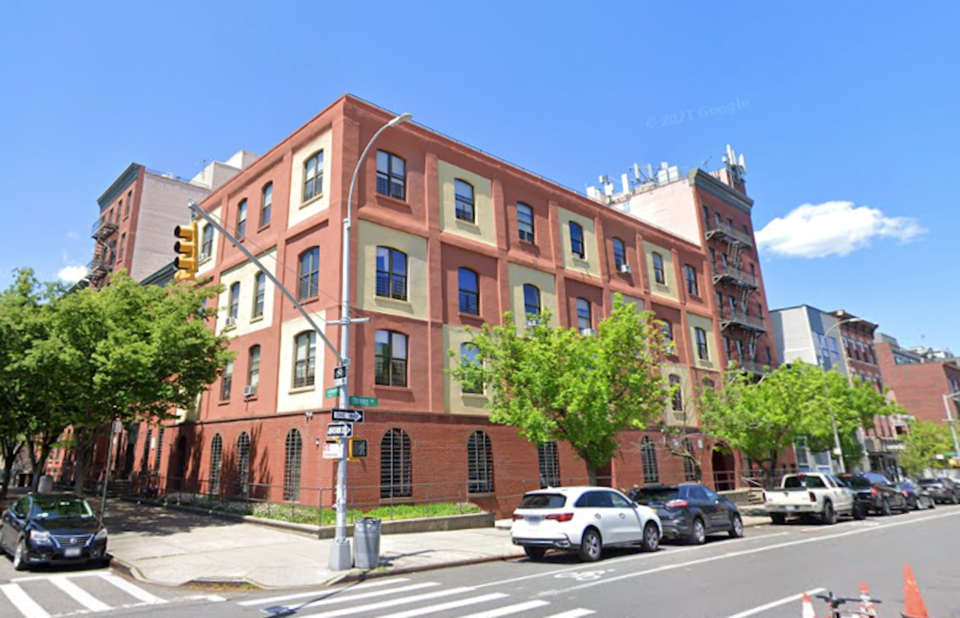Thousands of renters across New York City living with rats, mold, lead paint and other serious housing violations will get relief from the City through a program designed to increase enforcement on negligent landlords.
The City has added 250 homes to its Alternative Enforcement Program — 119 of which are in Brooklyn — which increases enforcement efforts against the City’s most distressed multi-family buildings.
This year, more than 50 buildings included in AEP are linked to property owners listed on annual New York City Public Advocate’s Worst Landlord Watchlist.
Commissioner for Housing Preservation and Development, which administers the program, Adolfo Carrión, Jr. said all New Yorkers deserved “safe, well-maintained homes.”
“Landlords across the city need to know that if they are unwilling to do what is right to provide that, we will take action,” he said.
“The Alternative Enforcement Program is an effective set of tools at our disposal to hold landlords accountable when they don’t do right by their tenants, and we are not afraid to use them if it means getting the city’s most troubled buildings into shape quickly.”
Every year, severely distressed buildings in need of major repair are selected for the program. This year’s 250 buildings have almost 40,000 open housing code violations including 9,442 immediately hazardous violations, 21,821 hazardous and 8,327 non-hazardous. Immediately hazardous violations include mold, evidence of rodents, lead-based paint, and the lack of heat, hot water, or electricity. Class-B hazardous violations include conditions, such as leaks or holes in plaster or sheetrock.
Of the 250 buildings, 119 buildings, totalling 1,837 homes, are in Brooklyn; 16 buildings, totalling 231 homes, are in Queens; 43 buildings, totalling 1,059 homes, are in Manhattan; and 72 buildings, totalling 1,977 homes, are in the Bronx. For a full list of buildings, click here.
HPD’s Housing Litigation Division is currently seeking repairs in housing court against the owners of 117 of the selected buildings and the owners owe the City $3 million for Emergency Repair Program charges. Those charges stem from HPD paying to fix hazardous violations that an owner fails to address in a reasonable time.
To get discharged from AEP without penalty, owners must correct most violations within the first four months, including all heat and hot water violations, 80% of hazardous mold violations, pest violations, and 100% of all other class "B" and "C" violations.
Buildings not discharged within the first four months face “significant fees,” the City says, and if violations are not fixed within four months, HPD can conduct emergency repairs at the owner's expense. Those bills are transferred to the Department of Finance and could result in a tax lien against the property. HPD could also petition the Housing Court to have a 7A Administrator take control of the building to collect rent and make the necessary repairs.
Brooklyn Assemblymember Steven Cymbrowitz, who chairs the Assembly Housing Committee, said the program was an effective way to protect tenants from uninhabitable living conditions, while empowering them to remain in their homes and communities.
“This program is one way that we are working in both city and state government to preserve affordable apartments in buildings that are most at risk, and to ensure that bad actors are held accountable for knowingly allowing apartments to fall into disrepair."




